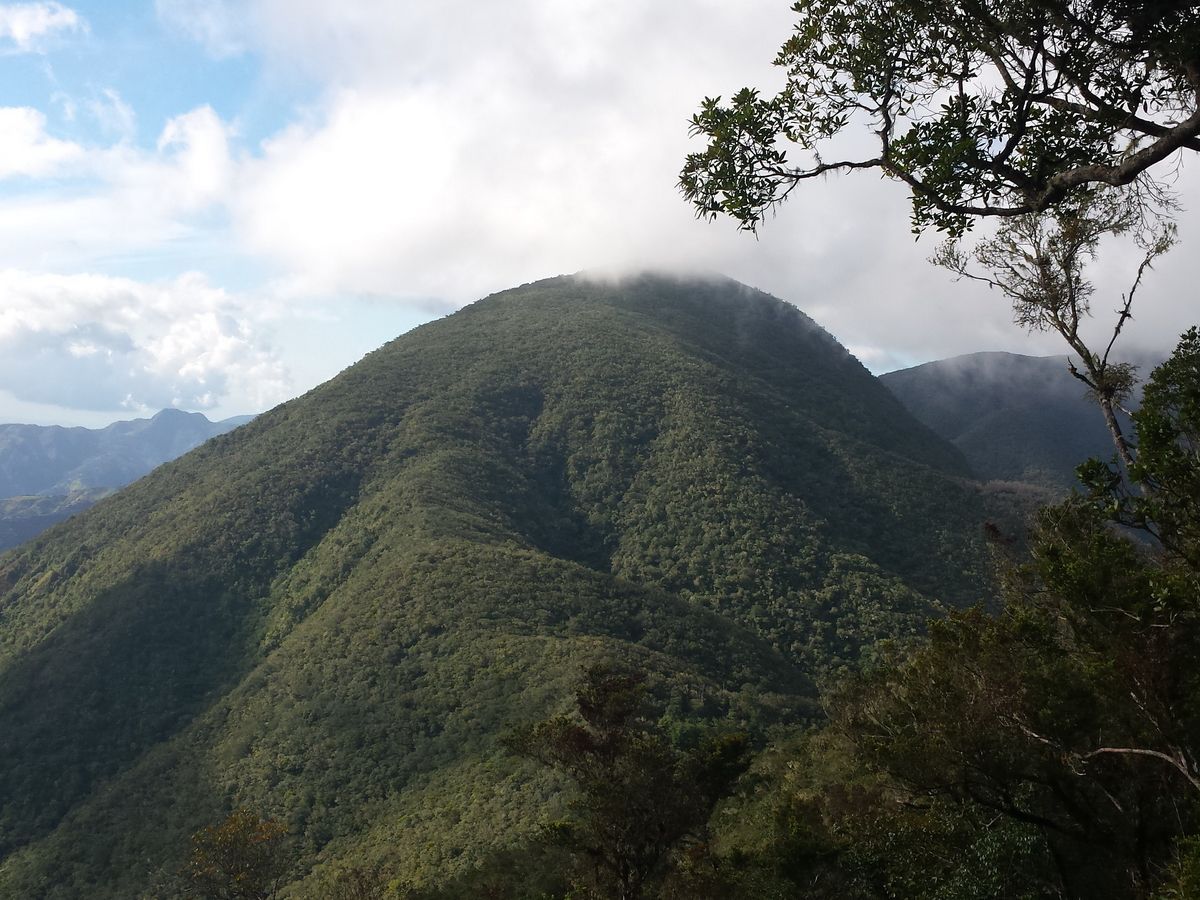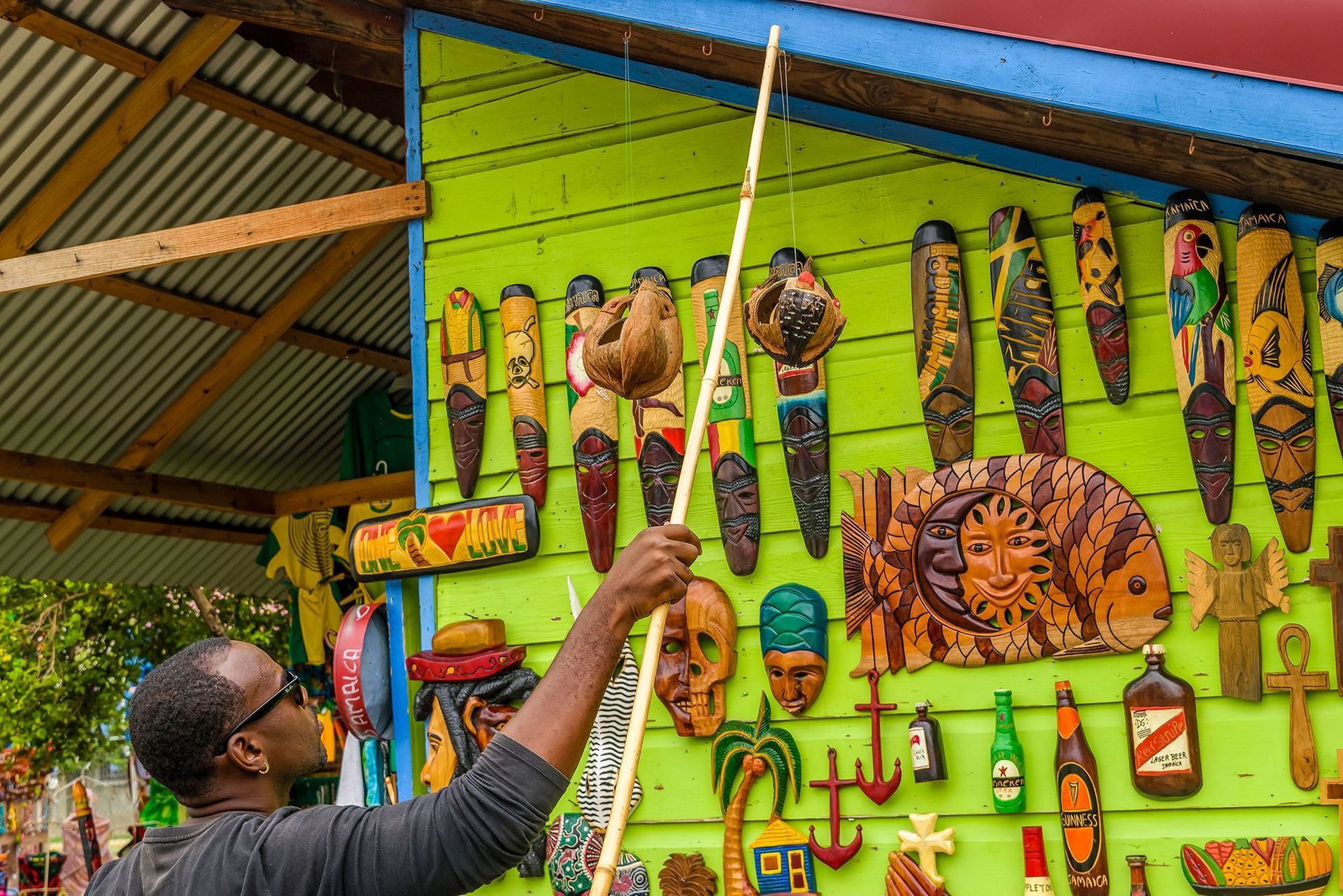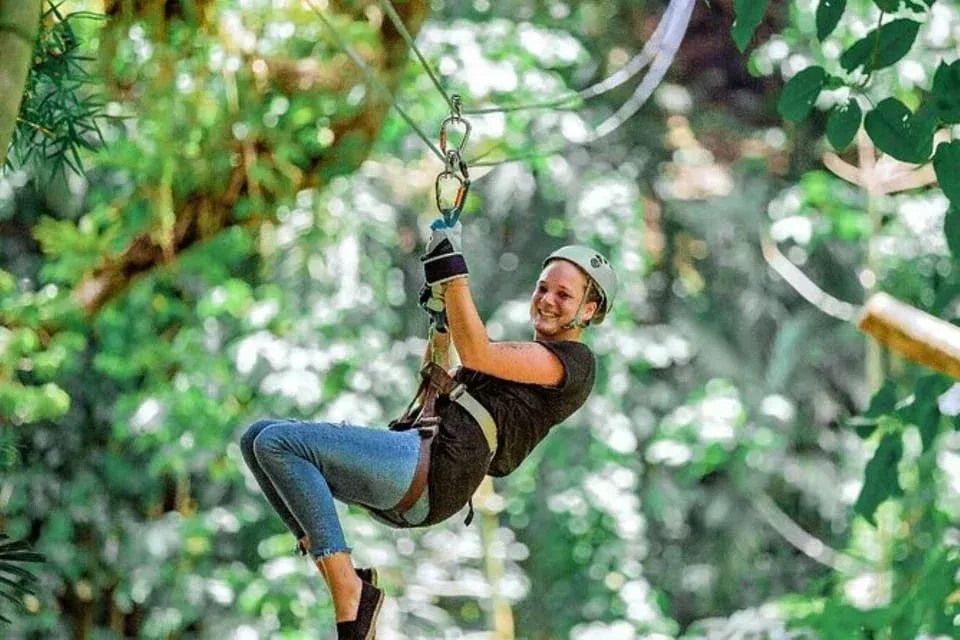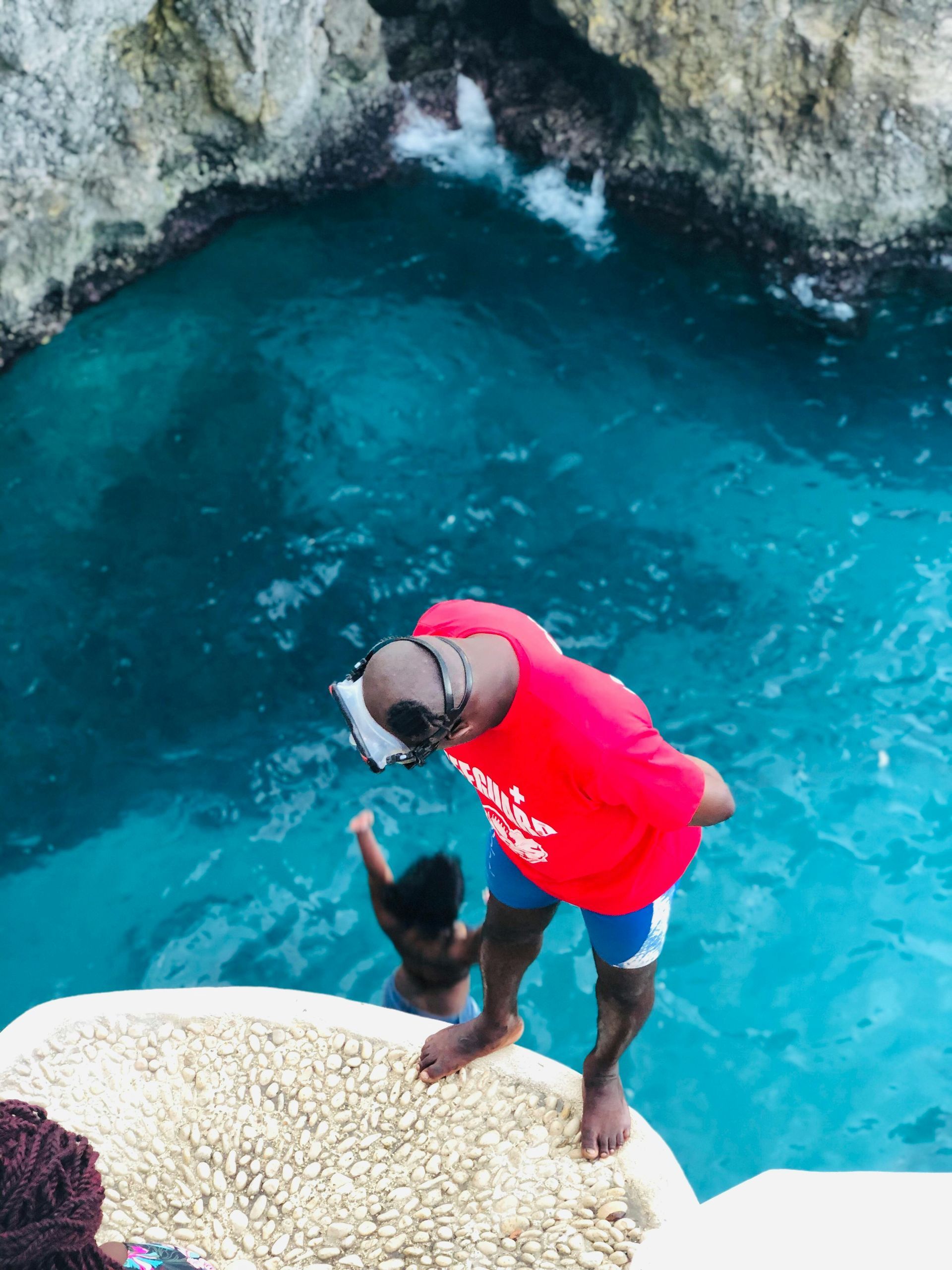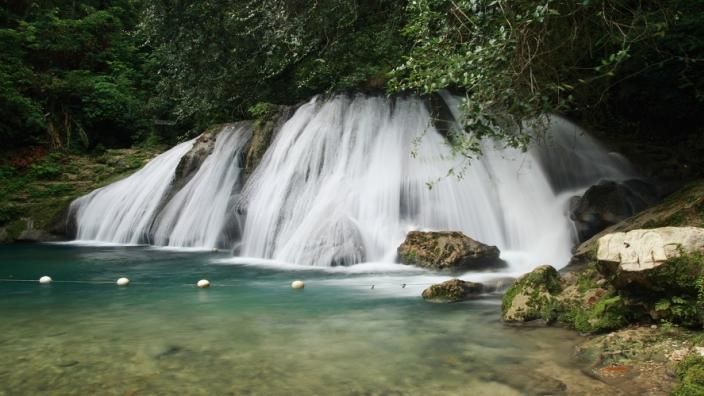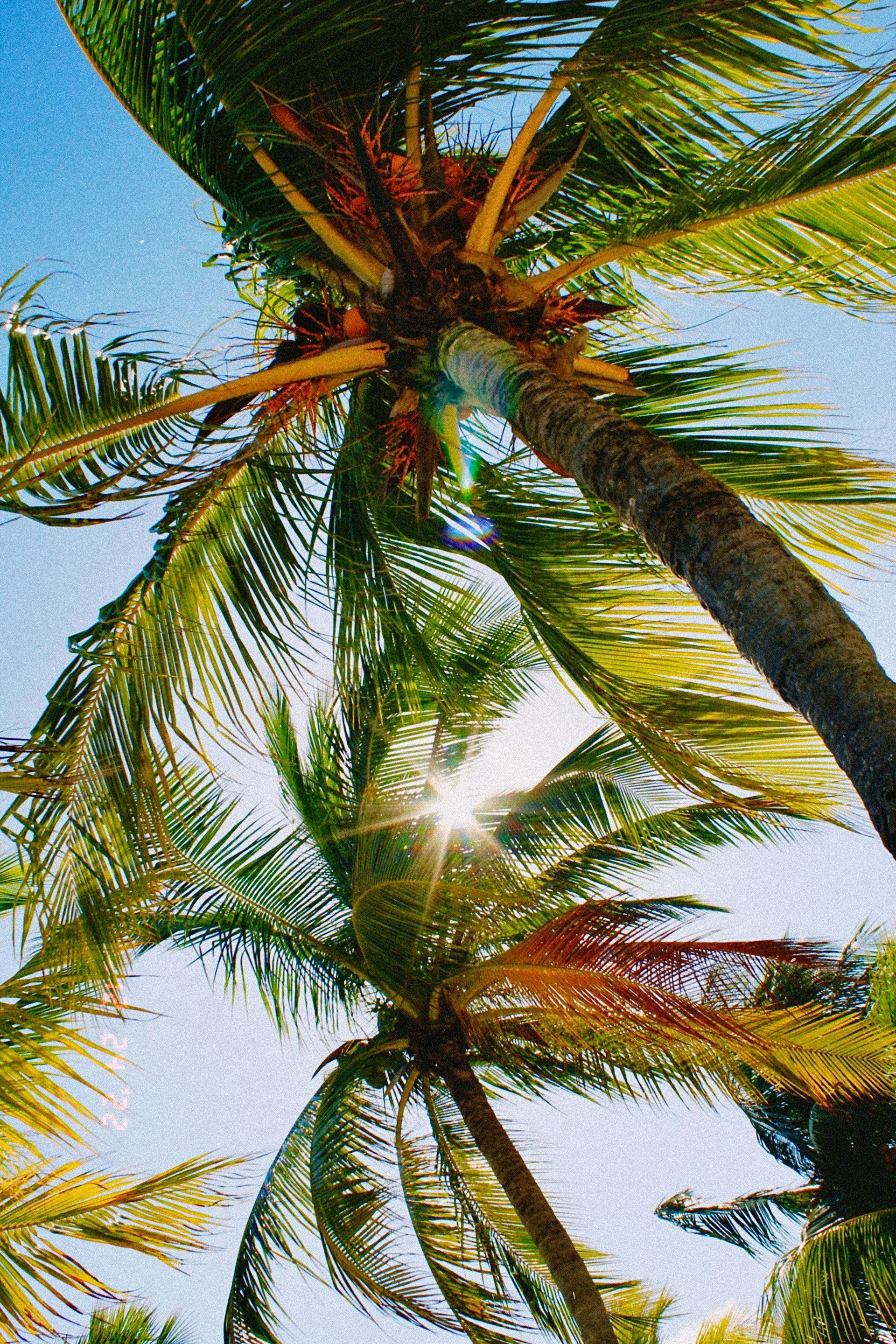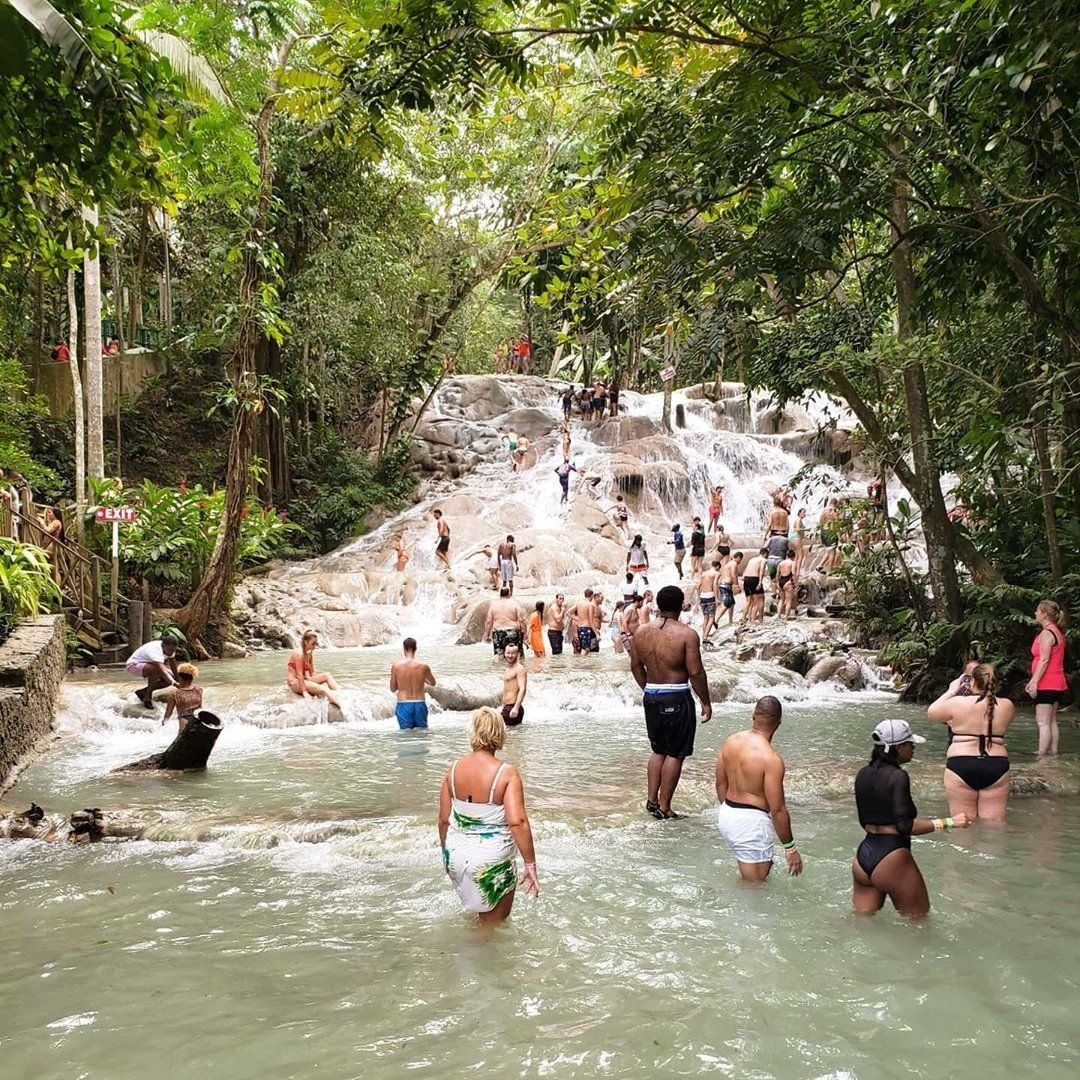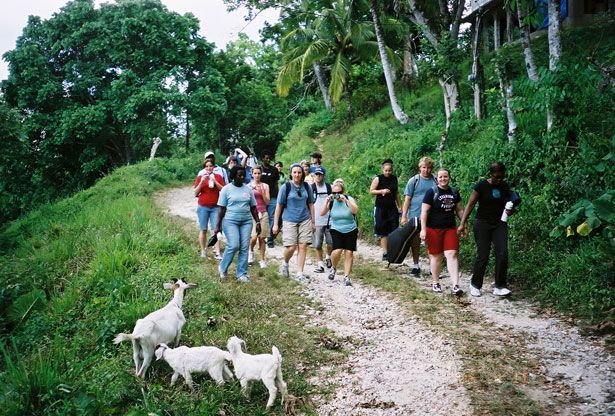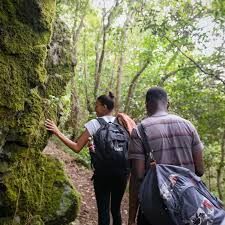Visiting Jamaica’s Maroon Villages: Discover the Heart of Freedom, History, and Tradition
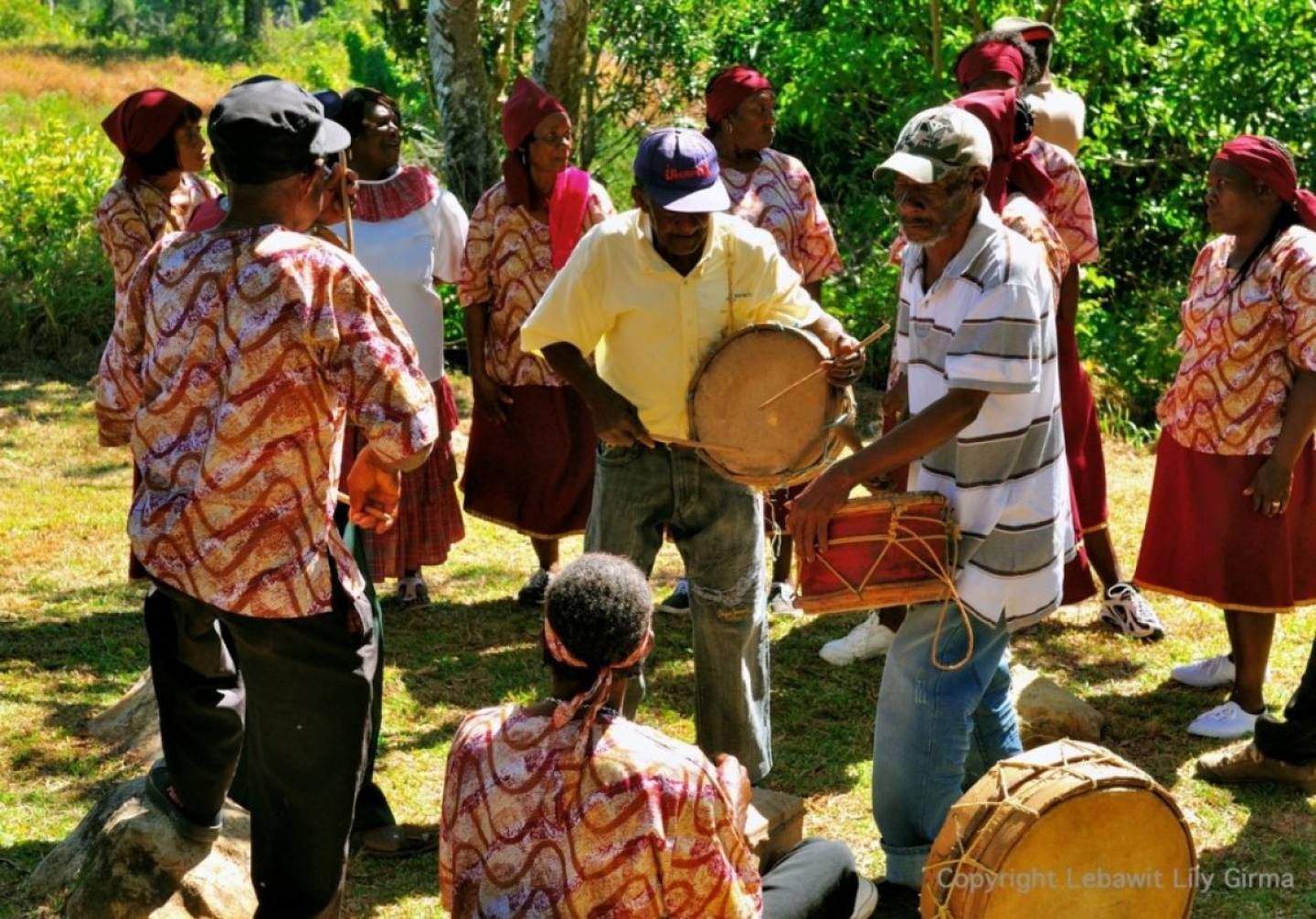
Visiting Jamaica’s Maroon Villages: A Cultural Guide
Jamaica’s Maroon communities are living testaments to the island’s rich history and enduring cultural heritage. These independent settlements, founded by escaped African slaves known as Maroons, have preserved their unique traditions, language, and way of life for centuries. Visiting a Maroon village offers a rare glimpse into Jamaica’s past and a chance to experience vibrant cultural expressions through music, dance, and storytelling. Here's a guide to exploring these remarkable communities.
Who Are the Maroons?
The Maroons are descendants of enslaved Africans who escaped from plantations during the Spanish and British colonial periods. They established self-sufficient communities in Jamaica’s remote mountains and jungles, fiercely resisting colonization. Today, the Maroons are recognized for their contributions to Jamaica’s cultural identity and their role in preserving African traditions.
Top Maroon Villages to Visit in Jamaica
1. Accompong (St. Elizabeth Parish)
- Historical Significance:
- Established in the 18th century by Captain Cudjoe, a legendary Maroon leader.
- The site of the historic peace treaty between the Maroons and the British in 1739.
- What to Do:
- Attend the Accompong Maroon Festival held annually on January 6th, celebrating Cudjoe’s birthday with traditional music, drumming, and dancing.
- Explore Kindah Tree, a sacred meeting site for the Maroons.
- Visit the local museum to learn about Maroon history and culture.
2. Moore Town (Portland Parish)
- Historical Significance:
- The home of Nanny of the Maroons, Jamaica’s only female National Hero.
- A UNESCO-recognized site for its intangible cultural heritage.
- What to Do:
- Take a guided tour to learn about Nanny’s leadership and the Maroon resistance.
- Enjoy traditional Maroon drumming and storytelling.
- Hike to Nanny Falls, a beautiful waterfall nestled in the lush Portland jungle.
3. Charles Town (Portland Parish)
- Historical Significance:
- Known for its vibrant cultural presentations and preservation efforts.
- What to Do:
- Visit the Charles Town Maroon Museum to explore artifacts and learn about Maroon heritage.
- Participate in workshops on traditional drumming and craft-making.
- Enjoy performances of Kumina, a traditional African-Jamaican dance form.
4. Scott’s Hall (St. Mary Parish)
- Historical Significance:
- One of the lesser-known Maroon villages, rich in cultural traditions.
- What to Do:
- Connect with locals to learn about their unique way of life.
- Discover traditional farming practices and herbal remedies passed down through generations.
What to Expect During Your Visit
- Warm Hospitality: Maroon communities are known for their welcoming nature and pride in sharing their culture.
- Traditional Music and Dance: Drumming, singing, and dancing are integral to Maroon culture, often performed during ceremonies and festivals.
- Local Cuisine: Savor traditional dishes such as roasted yam, ackee, and saltfish, and learn about the Maroons' self-sufficient farming practices.
- Nature and History: Maroon villages are often located in stunning natural settings, offering opportunities for hiking, birdwatching, and exploring waterfalls.
Cultural Etiquette and Tips
- Respect Local Traditions: Follow the guidance of your hosts and ask for permission before taking photos.
- Support the Community: Purchase handmade crafts or contribute to local tours and workshops.
- Plan Ahead: Some villages may require advance notice for tours, especially if you're interested in cultural performances.
- Engage with Locals: Ask questions and participate in activities to gain a deeper understanding of Maroon heritage.
A visit to Jamaica’s Maroon villages is more than just a cultural experience—it’s a journey into the heart of the island’s history and resilience. From the rhythmic beats of the drums to the lush landscapes of their mountain retreats, these communities offer a unique perspective on Jamaica’s vibrant heritage. Step back in time, connect with the spirit of freedom, and celebrate the enduring legacy of the Maroons.

